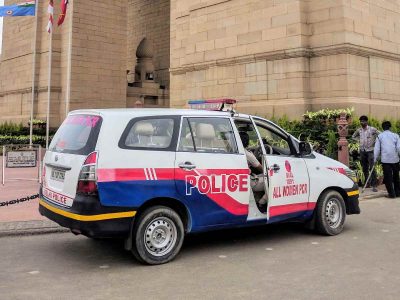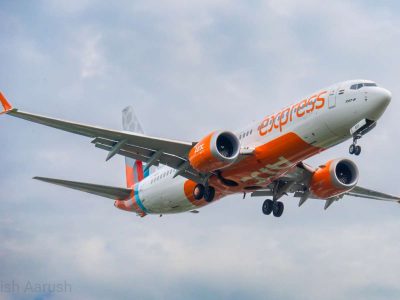Ahead of Independence Day, the Delhi Metro Rail Corporation (DMRC) Sunday advised the public not to fly kites near elevated metro lines that pass through residential areas to ensure safety and prevent disruptions to metro services.
As kite flying becomes more popular around August 15, there is a risk of kite strings getting entangled in the overhead equipment (OHE) wires or caught in the pantograph, which draws power from the OHE, of a moving train if kites are flown near elevated metro lines, said DMRC Principal Executive Director Anuj Dayal in an advisory.
“Such incidents have the potential not only to disrupt metro services by damaging or tripping the OHE or pantograph but may also prove fatal for those flying kites with metallic maanjha,” Dayal warned.
The DMRC has a robust mechanism in place to prevent and address any disruptions, with dedicated teams deployed to quickly remove any kite strings, he added.
Kite flying is a popular tradition in Delhi-NCR, especially around Independence Day and Raksha Bandhan.
Also Read: North East Delhi a new haven for Chinese manjha sellers
“The DMRC advises and appeals to the general public to refrain from flying kites in the immediate vicinity of elevated metro lines passing through residential areas for their own safety, as any direct or indirect contact with the 25,000-volt OHE may prove fatal and could cause OHE tripping or damage to the metro train or pantograph, leading to service disruptions,” Dayal said.
METRO ADVISORY ON KITE FLYING NEAR ELEVATED METRO LINES
Flying kites is a popular tradition in Delhi-NCR, especially around Independence Day/Raksha Bandhan. Delhi Metro which presently operates a network of almost 400 KM in Delhi-NCR is primarily elevated with 25000 voltage…
— Delhi Metro Rail Corporation (@OfficialDMRC) August 11, 2024
To ensure the safety of metro passengers and uninterrupted services, DMRC also recommends that the public enjoy kite flying in open spaces away from metro lines, he said.
The DMRC currently operates a network of nearly 400 kilometres in Delhi-NCR, which is primarily elevated, with 25,000-volt live OHE wires running parallel to the tracks to power trains for daily passenger services, according to officials. (With inputs from PTI)





